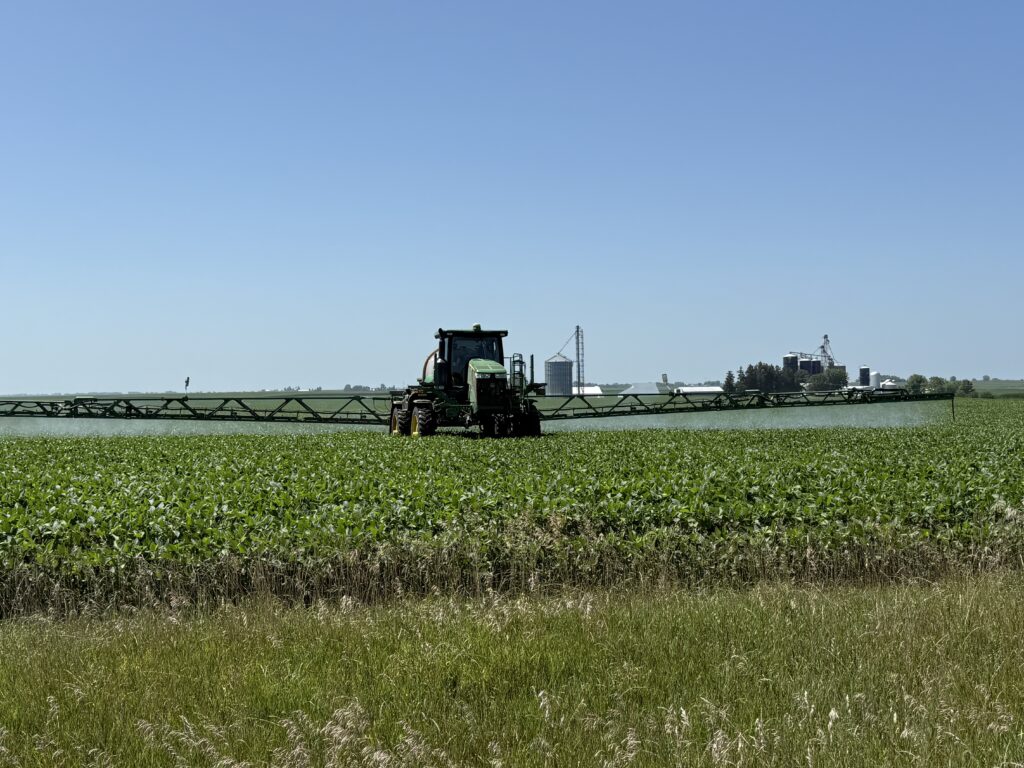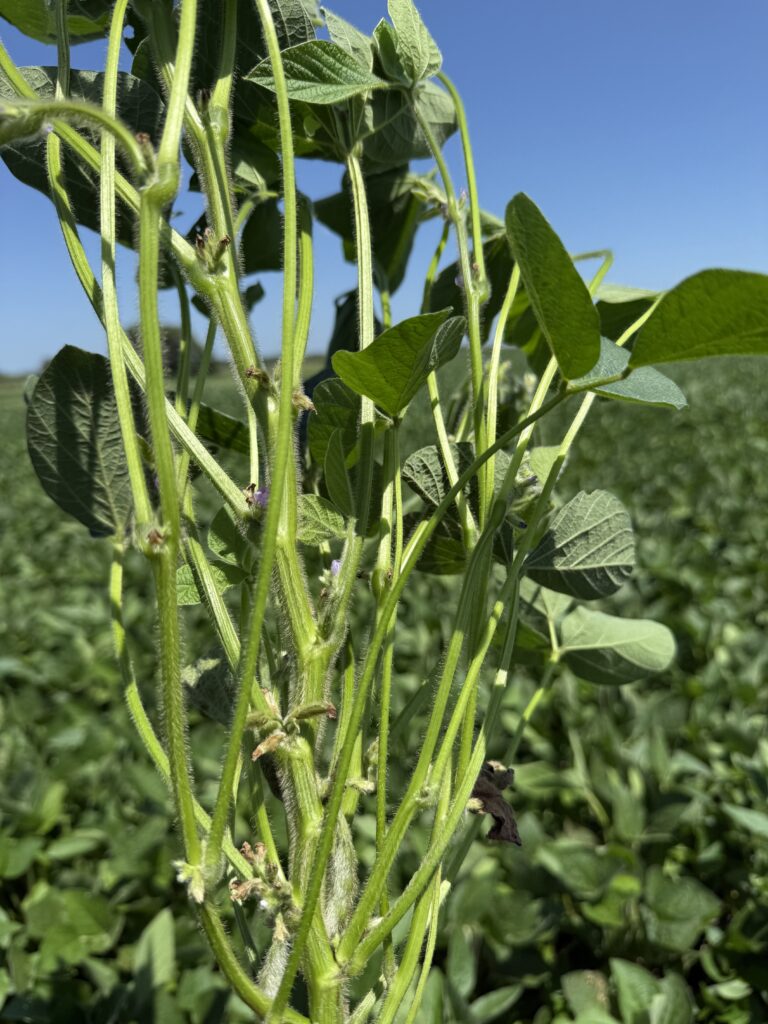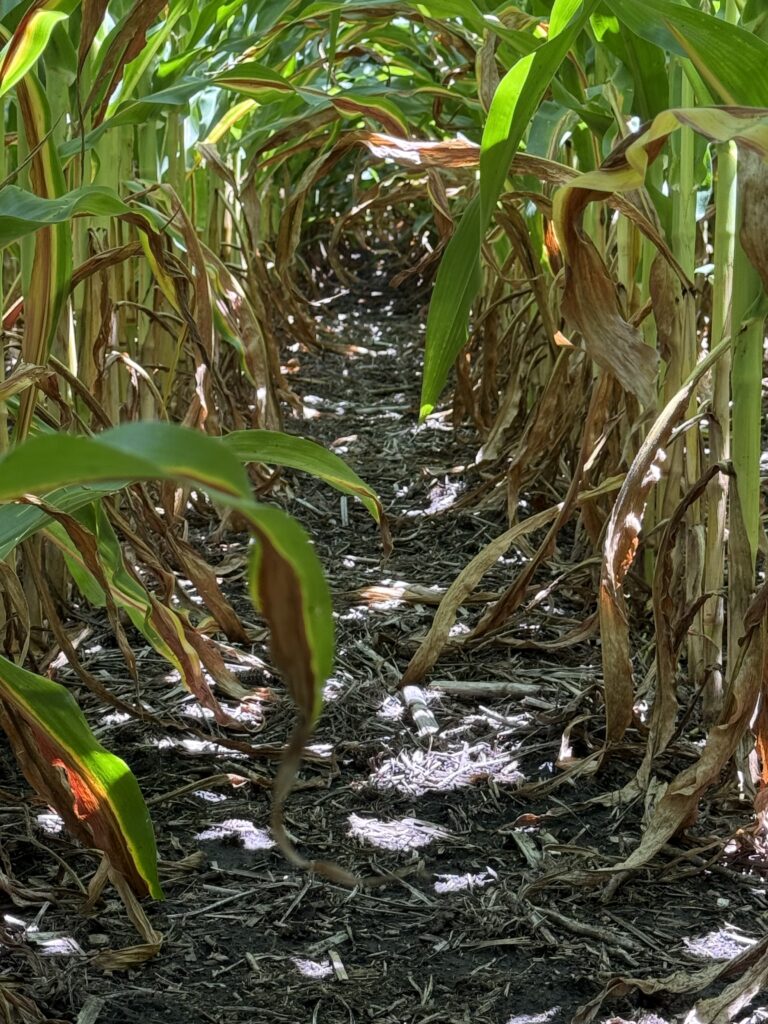
Byron Hendrix
Soy Envoy
agronomy1stsolutions@gmail.com
hendribyro@yahoo.com

Byron Hendrix
Soy Envoy
agronomy1stsolutions@gmail.com
hendribyro@yahoo.com
BYRON HENDRIX UPDATES



Corn and soybeans have benefited from July rainfall. Both continue to progress quickly, with growing degree days maxing out. Various leaf diseases are present in corn, including gray leaf spot and northern corn leaf blight. Be on the lookout for Tar spot and southern rust—these can be especially devastating if left untreated. Continue to be diligent in your scouting and spray if needed. Leaf flaring is occurring in some fields, which is not normal for this time of year.
The only issue I’ve seen in soybeans is the pesky Japanese beetle. On average, I’ve seen 5% leaf damage on the low end and 10% on the high end. Begin treatment at 10% if soybeans are in the beginning pod to beginning seed stages.
Hot and humid with heat indexes over 100 degrees and night time temperatures in the upper 70’s
Summer time pattern with pop-up thunderstorms. Cool front coming with some relief late in the week with lower than average temperatures expected in early August.
Excellent for this time of the year
Both corn and soybean plant health spraying is ongoing this week.
Most soybeans are R2 with R3 approaching as the pods start to show near the top of the plant
Mid to late planted April corn R1 – R2. Early-mid May corn R1
Japanese Beetle in soybean. Estimated tissue damage at 5%
Some waterhemp and giant ragweed escapes in some fields but over all very clean fields across Henry and Rock Island counties
Northern corn leaf blight and gray leaf spot are the most common diseases in corn. Be on the lookout for tar spot and southern rust. With the recent moisture and higher temperatures, we are in a prime period for disease pressure. Continue scouting a couple of times a week, as conditions can change rapidly.
I am seeing much more bottom leaf flaring in corn fields earlier than usual. I believe this is due to nitrogen loss from heavy rains, as well as a hypothesis that the corn plant utilized large amounts of nitrogen during the rapid growth phase in June, after we got out of the cooler weather. Some of these corn fields also had higher populations, averaging near 34,000.


 and then
and then